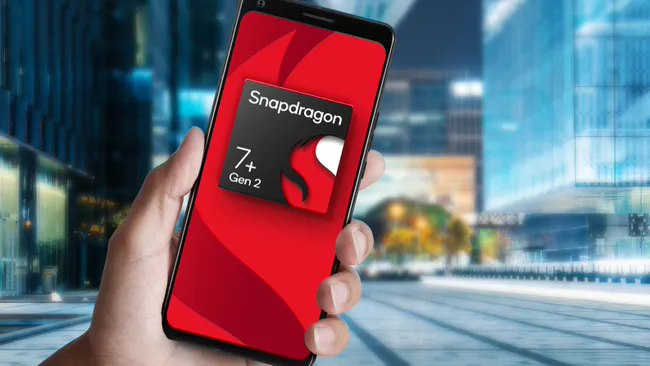Education is rapidly evolving, with traditional teaching methods constantly being updated to meet the demands of today’s learners. One trend that has seen significant progress over time is the increasing popularity of gamification in education – an innovative learning style that incorporates game elements such as points, badges, and competition into non-gam contexts to boost engagement and motivation for learning. Gamification has caused an educational revolution worldwide by making education not only informative but enjoyable – in this blog post, we explore its rise as well as its transformative effects on making learning enjoyable!
Education Has Evolved Over Time
Education has traditionally taken on a structured and formal form. This model typically involves textbooks, lectures, and examinations as pillars of its learning approach. Although this has its benefits. However, educators now recognize the need to adapt to today’s digital world while meeting student learning preferences more directly. Gamification offers an exciting solution by taking advantage of game principles while applying them directly to educational settings.
Engaging Learners Through Gamification
Gamification’s primary strength lies in its ability to capture and keep learners’ attention. Traditional classroom methods often struggle to do this effectively in an age when attention spans have shrunk considerably. By integrating game elements, educators create an atmosphere that is inherently more interactive and participatory – encouraging excitement and curiosity among students.
Points, Badges, and Leaderboards
Gamification utilizes a point system where students receive rewards for completing tasks, correctly answering questions, or actively participating in discussions. This simple reward system taps into our collective human psyche, giving students a sense of achievement and motivation. Badges serve as visual representations of accomplishments that give tangible evidence of progress while encouraging continued pursuit. Leaderboards promote healthy competition among peers to outshone one another – further fuelling motivation!
Personalized Learning Journeys (PLJs)
One of the remarkable aspects of gamification in education is its capacity to create tailored learning experiences for individual students. While traditional one-size-fits-all approaches may fail to meet every student’s diverse learning styles and needs, adaptive algorithms used in gamified platforms create personalized content and challenges based on each learner’s strengths and weaknesses to deliver an experience tailored to suit them personally and provide an immersive educational journey tailored specifically for them.
Gamification Has Applications in the Real World
Gamification has found use beyond classroom walls, too. Industries have begun employing gamified training programs to increase employee engagement and knowledge retention. Skills learned through such environments – problem-solving, critical thinking, and collaboration skills gained – are directly transferable into professional settings – making gamified learning environments relevant in today’s job market where employers value not only academic qualifications but also practical experiences gained hands-on.
Critiques and Challenges
While gamification in education can be seen as an exciting advancement, its critics remain. Some feel that its focus on rewards and competition might overshadow its true purpose of education – leading students to focus more on outcomes rather than processes. Furthermore, concerns have been voiced regarding screen time usage resulting in potential distractions in learning environments that must be balanced against digital engagement in order to provide optimal student growth.
Gamification in Education – the Future?
As we look ahead, gamification in education appears bright. Advancements in technology will likely result in ever more sophisticated and immersive gamified learning experiences; virtual reality (VR) and augmented reality (AR) could play an integral part in transporting students into immersive educational environments; AI technology could further augment adaptive learning platforms by customizing content to the ever-evolving needs of each individual student.
Gamification Expand Horizons
Gamification in education extends far beyond its traditional classroom setting. As globalization becomes ever more interdependent, educators are exploring how gamification can enhance global collaboration and cultural understanding. Online platforms and collaborative games provide students from different parts of the globe an opportunity to work on projects together and share diverse perspectives. Broadening horizons while simultaneously equipping them for a globalized workforce where cross-cultural communication skills will be valued assets.
Gamification has transformed assessment methods. Traditional exams and standardized tests do not fully capture students’ abilities and potential. Gamified assessments offer a more holistic view of students’ skills by measuring knowledge retention alongside problem-solving, creativity, collaboration, and other essential areas. This shift towards comprehensive assessment aligns with the growing understanding that real-world success demands multiple abilities from its participants.
Conclusion
Gamification in education represents a profound paradigm shift in how we approach learning. By harnessing the motivational power of games, educators can create dynamic and engaging environments tailored specifically for today’s learners. Gamification’s rise marks more than a passing trend; it represents an indisputable transformation within education itself. With this growth comes responsibility – our best defense against its challenges must remain at its center, as well as continued refinement of gamification strategies so as not to compromise the joy of learning experiences.
For reviews of educational resources and platforms such as gamification platforms, you can visit www.linkedin.com/pulse/paperhelporg-review-overview-rachel-ellis-rwrjc












